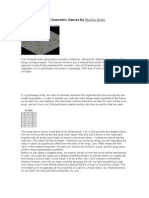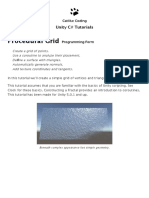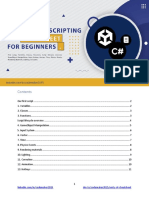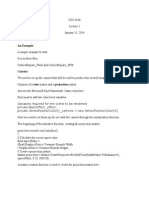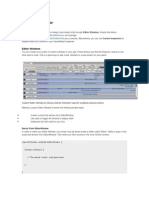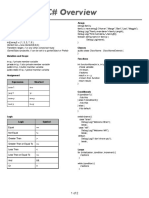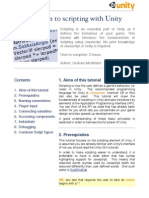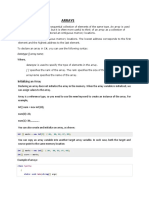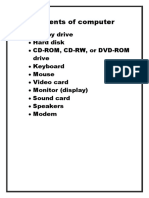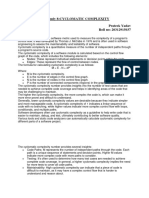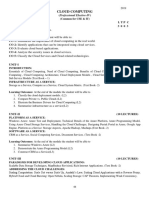0% found this document useful (0 votes)
25 views3 pagesObject Pooling-Hashmap-Lerps
The document provides a comprehensive overview of various types of lerps (linear interpolation) in Unity, including Linear Lerp, Spherical Lerp, SmoothStep Lerp, LerpAngle, LerpUnclamped, InverseLerp, and LerpPrecise. Each type is explained with practical C# script examples demonstrating their usage in Unity for smooth transitions and animations. The article emphasizes the importance of understanding these techniques for enhancing game visuals and user experience.
Uploaded by
ravianCopyright
© © All Rights Reserved
We take content rights seriously. If you suspect this is your content, claim it here.
Available Formats
Download as PDF, TXT or read online on Scribd
0% found this document useful (0 votes)
25 views3 pagesObject Pooling-Hashmap-Lerps
The document provides a comprehensive overview of various types of lerps (linear interpolation) in Unity, including Linear Lerp, Spherical Lerp, SmoothStep Lerp, LerpAngle, LerpUnclamped, InverseLerp, and LerpPrecise. Each type is explained with practical C# script examples demonstrating their usage in Unity for smooth transitions and animations. The article emphasizes the importance of understanding these techniques for enhancing game visuals and user experience.
Uploaded by
ravianCopyright
© © All Rights Reserved
We take content rights seriously. If you suspect this is your content, claim it here.
Available Formats
Download as PDF, TXT or read online on Scribd
/ 3







